
Gustav IV Adolf or Gustav IV Adolph was King of Sweden from 1792 until he was deposed in a coup in 1809. He was also the last Swedish monarch to be the ruler of Finland.

Erik Gustaf Bernhard Boström was a Swedish landowner and politician who was a member of the Swedish Parliament (1876–1907) and the longest-serving Prime Minister of Sweden of the 19th century. He served twice, first from 1891 to 1900 and then again from 1902 to 1905. He was also known as E.G. Boström or E. Gust. Boström.
The Wallenberg family is a prominent Swedish family renowned as bankers, industrialists, politicians, bureaucrats and diplomats, present in most large Swedish industrial groups, like Ericsson, Electrolux, ABB, SAS Group, SKF, AIK, Atlas Copco, Saab AB, and more. In the 1970s, the Wallenberg family businesses employed 40% of Sweden's industrial workforce and represented 40% of the total worth of the Stockholm stock market.

Marc "Boy-boy" Wallenberg was a Swedish banker and business manager. A member of the prominent Wallenberg family, Marc Wallenberg was CEO of Stockholms Enskilda Bank until his death in 1971.
The Warburg family is a prominent German and American banking family of German Jewish and originally Venetian Jewish descent, noted for their varied accomplishments in biochemistry, botany, political activism, economics, investment banking, law, physics, classical music, art history, pharmacology, physiology, finance, private equity and philanthropy.

Louis De Geer was a Walloon-Swedish entrepreneur, banker, industrialist and slave trader, who was part of the prominent De Geer family. A pioneer of foreign direct investment in the early modern period, De Geer is considered to be both the father of Swedish industry for introducing Walloon blast furnaces to Sweden and the father of the Swedish slave trade for pioneering Sweden's involvement in the Atlantic slave trade. Furnaces owned by De Geer produced cannons for German Protestants and the Dutch Navy and the Dutch East and West India Companies.

The history of Jews in Sweden can be traced from the 17th century, when their presence is verified in the baptism records of the Stockholm Cathedral. Several Jewish families were baptised into the Lutheran Church, a requirement for permission to settle in Sweden. In 1681, for example, 28 members of the families of Israel Mandel and Moses Jacob were baptised in the Stockholm German Church in the presence of King Charles XI of Sweden, the dowager queen Hedvig Eleonora of Holstein-Gottorp, and several other high state officials.
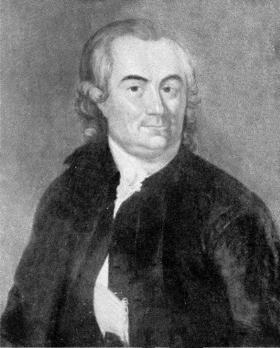
Aaron Isaac was a Jewish seal engraver and merchant in haberdashery. He came from Swedish Pomerania, a German-speaking area then part of the Swedish Empire, during the reign of Gustav III, and was persuaded to come to Sweden where there were no seal engravers at the time. He did this on the condition that he could bring with him at least ten Jews, in order to have a minyan (quorum) for prayer. His native language was Yiddish.
Henriques is a Portuguese surname meaning Son of Henrique (Henry). The Henriques family has many branches, each with a somewhat different surname. In 16th century Portugal, dozens of New Christian families used the name singly or in combination with others, such as Henriques de Castro, Cohen Henriques Eanes, Henriques de Souza, Henriques de Sousa, Henriques Faro, Mendes Henriques, Gabay Henriques, Lopes Henriques, Gomes Henriques, Henriques da Costa, Henriques da Granada, Henriques Coelho, and many more. Once they left Portugal and reverted to Judaism, they took more Jewish first names and often inserted Jewish tribal designations, such as Cohen and Israel, just before "Henriques", such as Cohen Henriques and Israel Henriques.
Comediehuset or Sillgateteatern was a Swedish theatre, active in Gothenburg from 1779 until 1833. It was the first permanent Public theatre in Gothenburg and the only one until 1816. It was located at the corner of Sillgatan, the Herring-street and Nedre Kvarnbergsgatan.

Ulrika "Ulla" Eleonora von Höpken, later von Wright, née von Fersen, was a Swedish countess and courtier. She is also famous in history as one of "the three graces" of the Gustavian age; three ladies-in-waiting immortalized in the poem Gracernas döpelse by Johan Henric Kellgren. She was a leading socialite and trendsetter in contemporary Sweden, and one of the best known personalities of the Gustavian age.
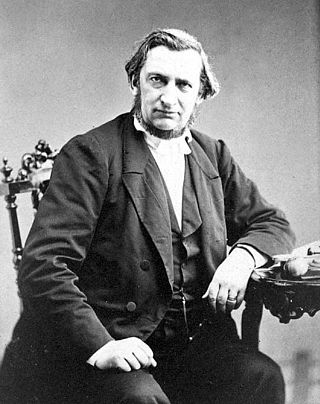
André Oscar Wallenberg was a Swedish banker, industrialist, naval officer, newspaper tycoon, politician and a patriarch of the Wallenberg family. In 1856 Wallenberg founded the Stockholms Enskilda Bank, the predecessor of today's Skandinaviska Enskilda Banken.

Duke of Otranto is a hereditary title in the nobility of the First French Empire which was bestowed in 1809 by Emperor Napoleon I upon Joseph Fouché (1759-1820), a French statesman and Minister of Police. Fouché had been made a Count of the French Empire previously.
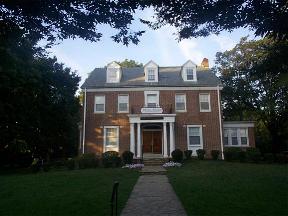
Few Jews arrived in Baltimore, Maryland, in its early years. As an immigrant port of entry and border town between North and South and as a manufacturing center in its own right, Baltimore has been well-positioned to reflect developments in American Jewish life. Yet, the Jewish community of Baltimore has maintained its own distinctive character as well.

Bilhah Abigail Levy Franks was an English–born Ashkenazi Jewish woman who lived most of her life in the Province of New York, British America. Born in London and raised in New York City, she married a London-born merchant and reared a family of nine children. While committed to Jewish observance, she and her family also socialized freely in the wider Christian society. Theirs was considered one of the prominent families of colonial New York.
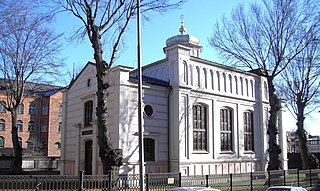
Norrköping Synagogue is a historic synagogue in located in the Nordantill borough, Norrköping, Sweden.

Gert Olof Marcus (1914-2008) was a Swedish painter and sculptor. He was born 10 November 1914 in the Groß Borstel district of Hamburg and died in Stockholm on 23 December 2008.

Johan Natanael Törnros, known as Nabot was a Swedish painter, illustrator and cartoonist. He specialized in portraits and interiors. After 1900, he was a member of a short-lived progressive artists' group known as "De Frie", which was notable for its inclusion of a female artist, Harriet Sundström. His nickname is derived from the French word for dwarf.
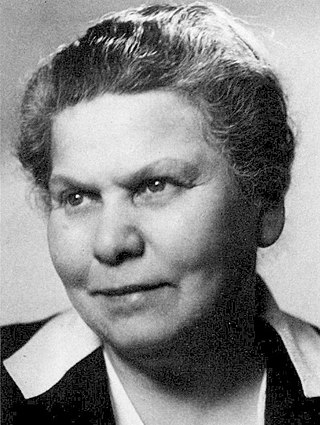
Gerda Fredrika Marcus (1880–1952) was a Swedish journalist and philanthropist who was deeply concerned with social issues. After contributing to Swedish newspapers from Berlin in 1907, she worked for Svenska Dagbladet first in Sweden and later as a foreign correspondent in Vienna where she lived from 1923 to 1933. During the First World War, she proved to be an effective fundraiser for assisting needy families. Marcus was a key figure in the Swedish branch of Save the Children which she helped to establish in 1919, continuing her support during and after the Second World War.

Aron von Reis, originally Aron van Rees (born 30 August 1777 in the Netherlands, died 9 June 1848 in Marstrand, Sweden, was a Dutch-Swedish industrialist in Gothenburg. He and a business partner specialized in creating cotton textiles and printing floral patterns on them called kattun, receiving royal decorations for their success.

















